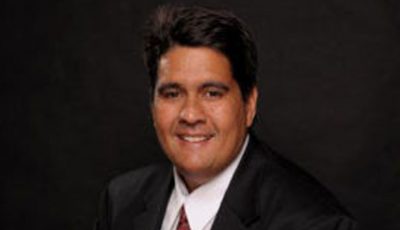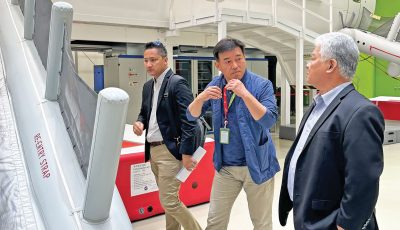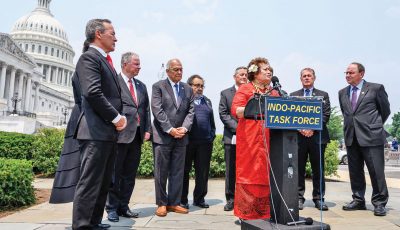Sacred space
On my last trip to Saipan, I embarked from Dalian and returned the same way. Dalian is a metropolis of Manchuria by virtue of history and design, location, and history. Located on the southern tip of the Liaoning peninsula, it was priced by the Russian navy for its year-round warm water, compared to Vladivostok’s that freezes in winter. As a cosmopolitan center, it is referred to as the Hong Kong of the northeast. After viewing at the turn of the year what HK had done with Victoria Island, the appellation is not an upgrade.
The Tsar encountered Japan’s modernized navy built in the Meiji Restoration that was a product of Nippon’s industrialization mid-1800. The event was remarkable in that it was the first time a non-Western navy defeated a prominent Western one, resulting in the humiliation of Russia for which Stalin kept a grudge in WWII. It also stoked Nippon’s pride in Japanese nationalism—it occupied Manchuria, led to Nanjing in the infamous rape of the city and extended its reach to the oil fields of Indochina that eventually led to Pearl Harbor when the U.S. blockaded its access. It is being re-stoked by PM Shinzo Abe.
When I left Shenyang for Saipan in March, the ponds, streams, and even rivers all the way south to Dalian were still frozen. It was no longer the case when I returned. Bereft of not too much foliage, the commercial farms were mostly colored tan with a lot of plastic-canopied farm structures to trap humidity and heat to sustain cultivated plants.
The train I took was the electric CHR bound for Harbin of Heilongjiang that flew off the ground at a speed of 250kms/hr. and higher. To Hu Jintao and Xi Jinping’s credit, the expenditure for rapid transit accelerated in their watch while superhighway construction egged by car dealers and the nouveau riche had gone the way of the tortoise.
Change has come to Manchuria in the three years I’ve lived here. Cement, iron, concrete blocks and steel sprouted all over as domestic consumption rather than export became the engine of its economy. SMEs in free market ambience broadened the economic base. State-owned industries rapidly built, good for labor with an eye against corruption, but they are hard on the terrain as hills and mountains are bulldozed for gravel and sand.
The West celebrates chronology. Preferred times are civilization’s Golden Age. The Parthenon stands for the glory that was Greece and the Coliseum echoes the grandeur that was Rome. We treat the museum grounds, the Japanese jail and the Sugar King Park at Gualo Rai, the AMP and the Suicide and Banzai cliffs similarly. Old Man by the Sea and the Grotto are turned into the specter of where the unwary, the reckless, the careless, and the inebriated tourists drown. We’ve added mystery and gruesome value to fate.
Not the kronos but the locus is China’s forte. Communal spaces get varnished so its glitter attracts notice. Tomb sites are revered and the ordinary is made holy. Places of adoration are protected and sanctified. In many homes and establishments around the world, corner altars are built so individuals and families remember either ancestors, traditions, or home beyond the current front doors. Others tend gardens indoors and out as powerful reminders of life’s infinitesimal aesthetic value, and havens of escape as existentially, daily living is experienced in its chaos and turmoil.
The closest thing to a “sacred” space in my home is the sunroom where fast growing South African spider plants are tended, then I put them in my tenements’ staircase windows and landings as décor to discourage indiscriminate throwing of trash on the floor and warns wall stickers of ads and notices to stick with the bulletin board. The plants also indirectly encourage my neighbors to attend to common space with the same fastidiousness that they give their dwellings’ interior.
China is aware of the carbon it emits into its northern skies as abundant mei (coal) is used to heat homes and to power factories. A Canada colleague watched a TV program on the polluted skies of China, familiar to us in Manchuria where coal is dynastic monarch. In the open grasslands of Inner Mongolia are structures generating electricity for use elsewhere. The hovering tan clouds I saw in the distant foothills at dawn and dusk indicated that more than hot air was emitted from the plant towers.
China, like other developing economies, often finds itself defensive on carbon emissions, treating it as a logistical issue rather than the moral-bashing it gets from the press, as if the United States never had its Cleveland and Pittsburg, and England its Manchester and London. I lived in North Carolina and Washington, D.C., Chicago and Kentucky, and traveled through the contiguous states save Vermont. Smog in the ’60s to the ’90s was not uncommon in all of them. The experience was like driving behind a smoke-belching bus on Isa Drive on Saipan. Passing a vehicle on that road is not a smart option.
Sacred space in our time is now one, coughing and belching itself as its climate gets adjusted to a change in temperature, and the air/ocean currents gets realigned for Mother Gaia to fix her bearings.
Earth. She’s my sacred space. What’s yours?
Jaime Vergara previously taught at SVES in the CNMI. A peripatetic pedagogue, he last taught in China but makes Honolulu, Shenyang, and Saipan home. He can be reached at pinoypanda2031@aol.com.



























